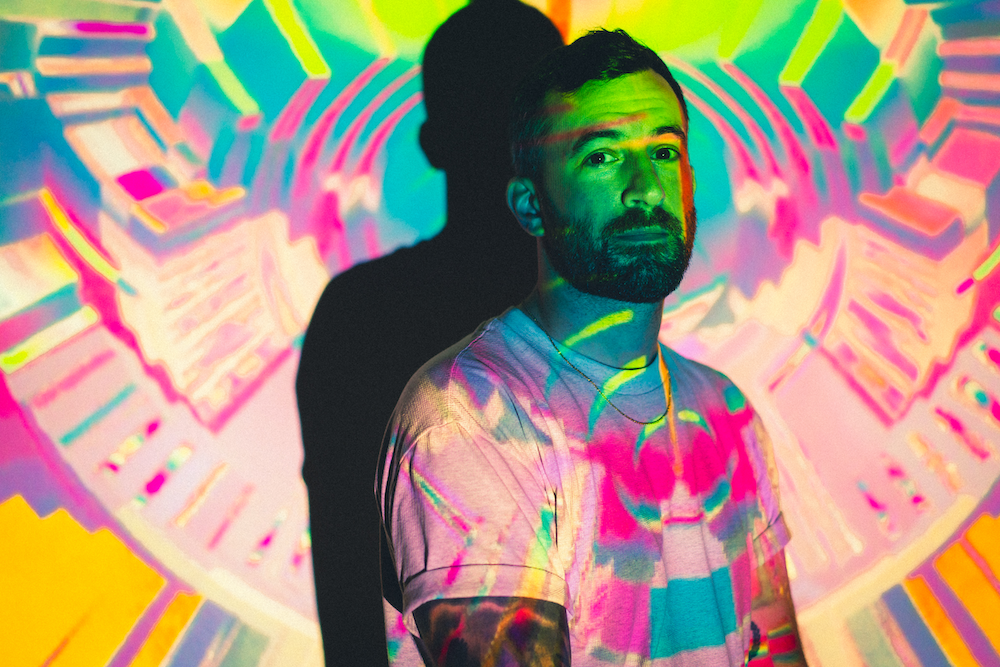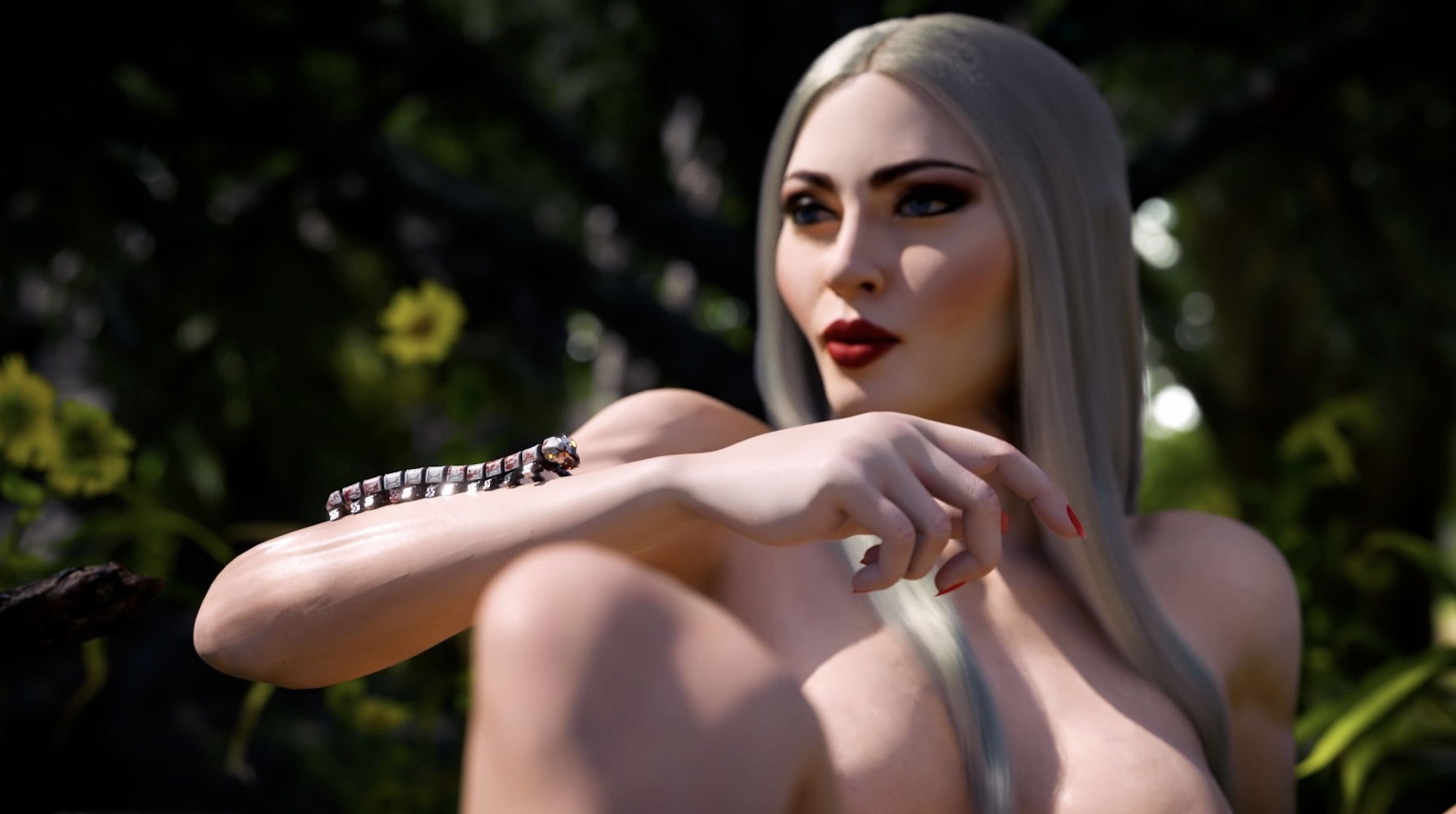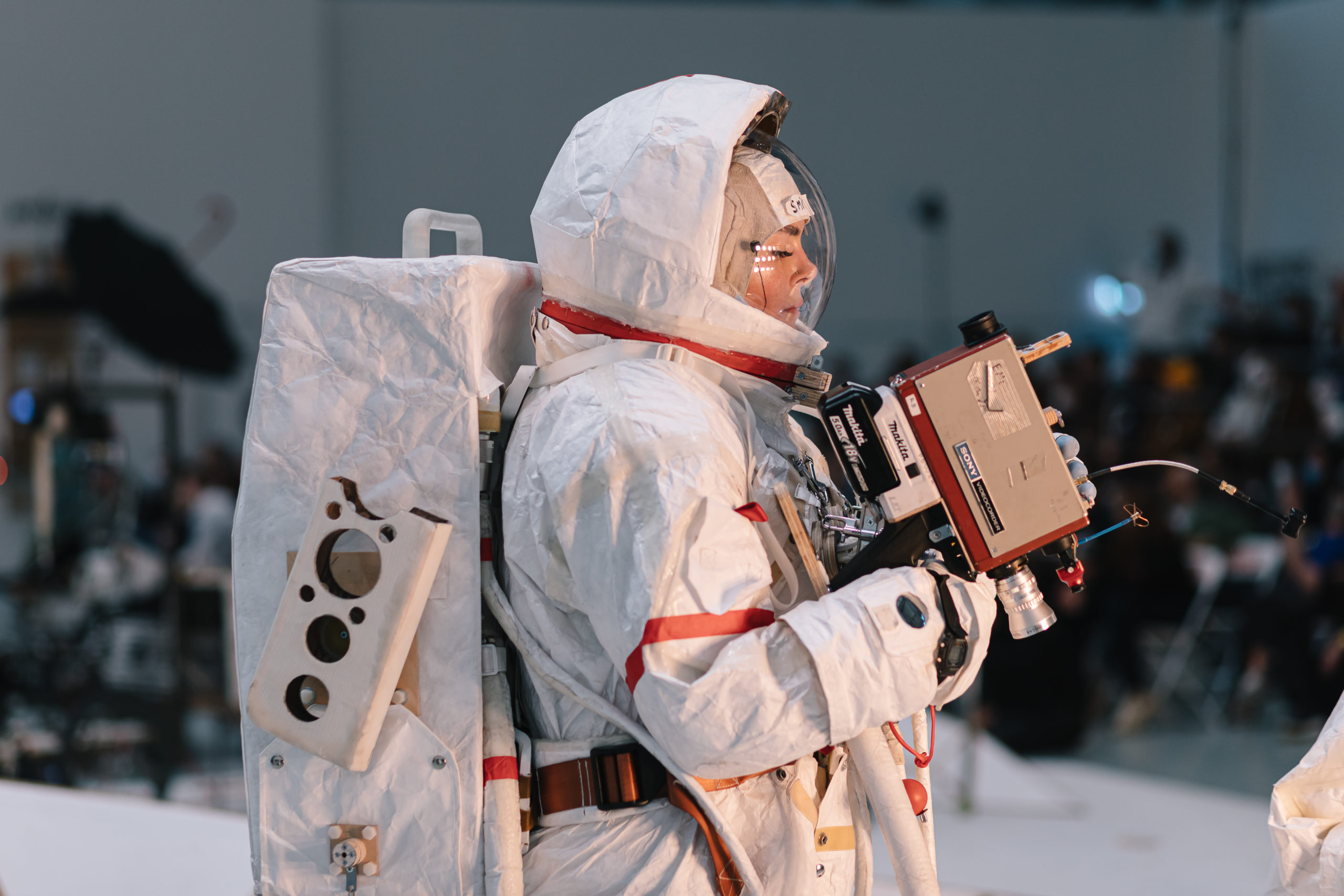Over the past couple years, the art and broader cultural worlds have woken up to the possibilities of NFTs, cryptocurrency, and the blockchain. With explosive art sales on various digital native platforms as well as traditional brick-and-mortar auction houses, artists, collectors, and dealers have drifted into Web3 looking to mine its potential—for both expression and value. NFTs offer an agency to artists and creators that didn’t exist prior to the blockchain. Smart contracts allow for compensation and credit, offering artists a percentage of sales in perpetuity if desired. Artists who have been generating digital art for years have finally been able to make an actual living through their work. Web3 has opened up new avenues for making and cross-collaborating, while maintaining a commitment to transparency and a culture of sharing.
But while Web3 touts a gatekeeper-free, decentralized utopia, for many trying to explore the space, barriers to entry still exist, and it’s not always clear where to begin. Sites like SuperRare and OpenSea can feel endless, a space where digital, generative, and conceptual art intermingle with illustrations or collectibles. So recently the decentralized autonomous organization (DAO) Friends With Benefits (FWB) has decided to provide its members and the greater public the resource of curating this brave new world of NFT art. FWB is a social community, founded by Trevor McFedries in September 2020 based on Discord that uses a social token, $FWB, to create shared incentives and experiences between its members. FWB connects online and in the real world, via community town halls, Discord channels, native content, and in-person events around the world.
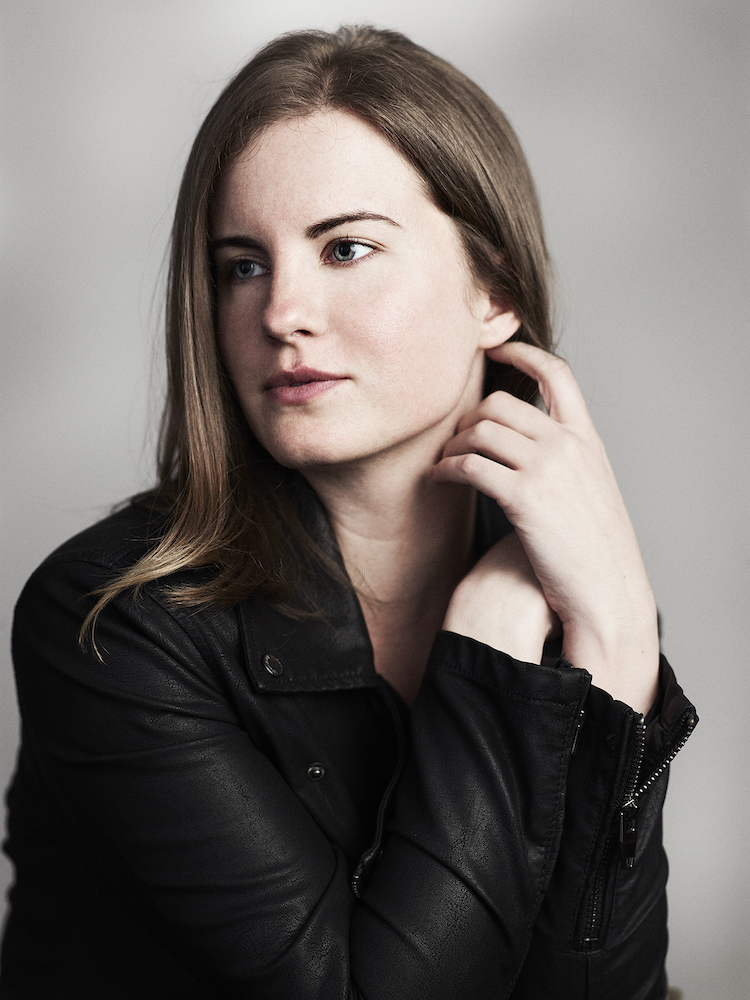
Lindsay Howard, courtesy of Friends With Benefits.
Aside from access, its token allows members to collectively own and govern FWB, invested in its success and direction. “We’ve all moved from Facebook to Instagram to Twitter and have seen the negative side effects of a late-stage capitalistic driven company where we are the products without any say,” said Alex Zhang, the Mayor of FWB, early this year. “Populating content should be valued. If you’re spending time sharing imagery, graphics, ideas, thoughts, some form of compensation to those people feels important, as opposed to the current advertising model.” That model can also be applied to creatives like artists, graphic designers, musicians, and other cultural makers—like curators.
FWB has brought on Lindsay Howard and Chuck Anderson as curators in its community, aiming to bring direction, vision, storytelling, and taste to the NFT art space. In working on projects like the “Tomb Series” collection with member David Rudnick this February or offering members collaboration and early access to Eric Hu’s “Monarchs” drop last October, Howard and Anderson will also be credited and compensated on-chain for their work—setting a precedent totally unheard of in the art world. And one that can be used as a model in the future for creatives. “We are piloting what we’re calling ‘on-chain curatorial splits,’ creating economies for curators,” explained Zhang. “If a curator brings in a project, we believe they should participate on the ownership level of the smart contract of the NFT, empowering both artists and curators who play a really important role in the ecosystem.”
Whitewall spoke with Howard, who joined FWB from Foundation and has been curating digital art for over a decade, as well as Anderson, an artist creating digitally in his own practice and collaboratively his entire career, about what it means to curate art for a Web3 audience.
WHITEWALL: How did each of you come to find FWB initially?
CHUCK ANDERSON: I had a friend who was one of the first members of FWB who followed my work and reached out. He was like, “Hey, you’ve been posting about NFT stuff. We’ve got this fun community on Discord—I think you might like it.” I ended up joining, buying tokens. The NFT channel in FWB has become home for many of us who use the platform. When I open it, that’s where I go.
LINDSAY HOWARD: I have been an independent curator specializing in digital art for about 12 years. I’ve worked with galleries and auction houses and have been obsessed with this idea of how do you fairly compensate digital artists who are sharing their work online but have never really had a way to monetize it? So NFTs in my mind have been the first scalable solution for that. A lot of digital artists who’ve been making really incredible, culturally significant work are finally able to make a living.
FWB is a really important component in the crypto ecosystem because they are not trying to push one particular platform or one particular ethos; it’s a meeting space for all types of people to come together around this shared idea of friendship. I joined a little over a year ago, and spending time in FWB gave me a much broader perspective on crypto—from a technical perspective, from a social perspective, from an artistic perspective.
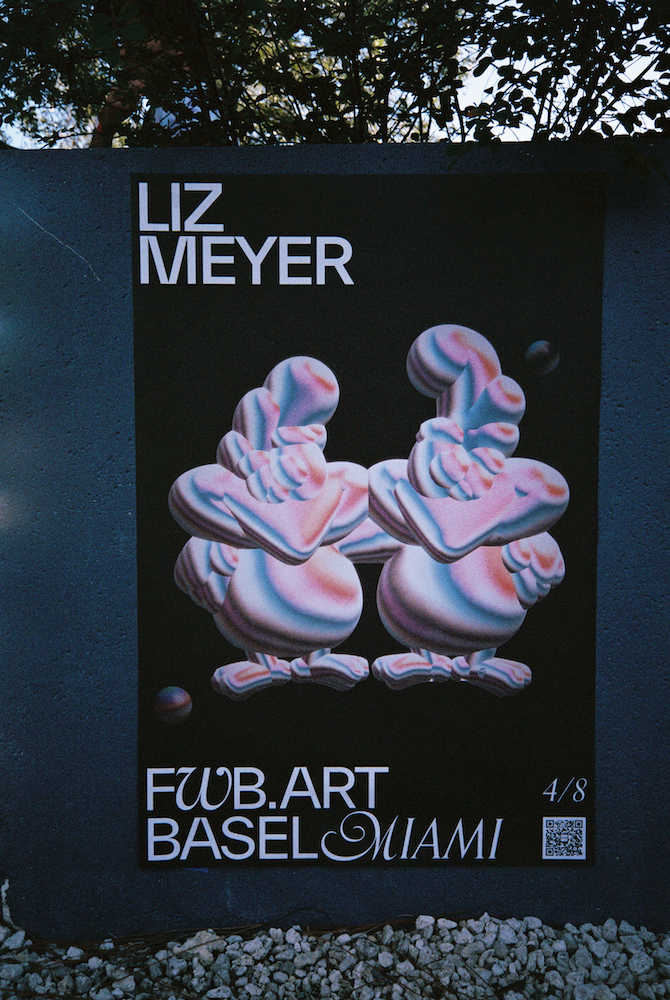
Liz Meyer poster, courtesy of Friends With Benefits.
WW: What does the role of a curator look like at FWB?
CA: I’m not sure the masses are appreciating this as a larger new medium and application that hasn’t really existed before. I feel like that’s being lost in the discussion of “Bored Apes.” There’s something else that’s brewing here that’s really fascinating. I think 2021 was people figuring out what’s going on, and 2022 will be a lot of slowing down, digesting, and more critical thinking about how we’re approaching this. One of the exciting prospects is to show people who are not part of FWB what we’re all about through curation. There’s a lot to be said about cutting through the noise right now. We have the opportunity to control the narrative.
LH: Stepping into this role on the curatorial team with FWB is much more social and fun. The research process, the exhibition, promotion, all aspects of exhibition-making are different because they are in collaboration with other people. It brings a whole other richness to the projects that comes through because it’s not just one person’s perspective; it really is the perspective of a group of people, a collective.
CA: There’s a chance to reflect the whole community, underpinning all the efforts, and a lot of people have skin in the game. There’s going to be a lot of people who want to see these projects succeed and therefore will be willing to learn about a new artist or about a project they might not have paid attention to otherwise.
WW: What kinds of projects are you interested in working on, and where will they live?
LH: I’m working with the artist David Rudnick. He has discs that he has drawn entirely in photoshop by hand, and the idea is that they are these retired technologies that are absolutely beautiful. They contain something inside of them. He calls them “Tombs.” He’s bringing these “Tombs” and spreading them across different blockchains, different NFT marketplaces, different collectives, and projects across the space. He’s really trying to disrupt this idea that you’re represented by a gallery and you bring a piece to present it there. It’s trying to expose the interconnectedness or decentralization of what could happen if we lost those kinds of constructs and thought about how all these different elements could be leveraged aesthetically and conceptually.
As an independent curator, I always described my practice as being a translator, understanding the artist and where they are coming from and then the audience, and helping the artist articulate that for broader understanding. It’s not so one-to-one in the FWB context. It’s much more experimental and trying to really craft an exhibition and presentation that’s going to be a natural extension for what the artist is going to try to do.
CA: The big opportunity we have now is to build tools and platforms for ourselves to launch projects. FWB is completely platform agnostic. As curators, it’s about finding the right context to let the work speak its best. There’s so much to learn every day, and people are doing the wildest, weirdest thing because there is no precedent. People are coming up with projects, and it’s literally not been done before because the medium or audience wasn’t there before. We feel there’s merit in taking your time. What I bring to the table is being a mindful ambassador and thoughtful of what artists might need, how they’ll think, what kind of time they might need.



